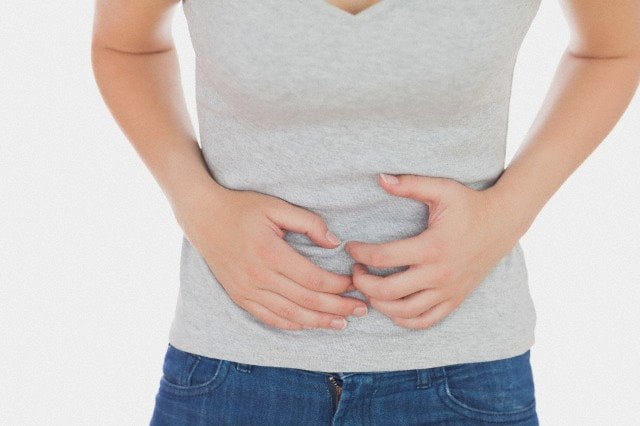Detection, Treatment & Surveillance Services:
- History taking and full physical and gynaecological examination
- Ultrasound Imaging of Pelvis
- Conservative Treatment: Monitoring symptom and size of fibroid
- Conservative Surgery: Myomectomy operation (for young women who desire to keep the uterus for childbearing)
- Surgery: Total hysterectomy (for older women)
- GnRH Analogue injection to reduce the size of a large uterine fibroid before surgery.
About Uterine Fibroid
Fibroids are usually non-cancerous growths commonly found in women during their childbearing years. Common symptoms include heavy or prolonged menstrual bleeding, pelvic pressure or pain, frequent urination, or difficulty emptying your bladder.
Treatment of fibroids
Several options are available. Similar to ovarian cysts and endometriosis, the decision on which is the best treatment option depends on a variety of factors. These include:
- the nature of the symptoms e.g. severity of pain
- the desire for fertility
- the size of the lesion
- the risk for cancerous changes
Options for fibroids include
1. Conservative Treatment: Monitoring Size and Symptom
An ultrasound scan is usually useful for the diagnosis and monitoring of fibroids.
2. Surgery
- Myomectomy
Surgery to remove the fibroids alone, leaving the uterus in place will allow you to bear children. With myomectomy, as opposed to a hysterectomy, there is a risk of fibroid recurrence. The surgical approach to a myomectomy depends on the size and location of the fibroids. Fibroids may be removed by laparotomy (open method), or laparoscopy (minimally- invasive or key-hole method) - Hysterectomy
Surgery to remove the uterus is the permanent solution for fibroids but ends your ability for childbearing. Hysterectomy may also be performed by laparotomy or laparoscopy.



